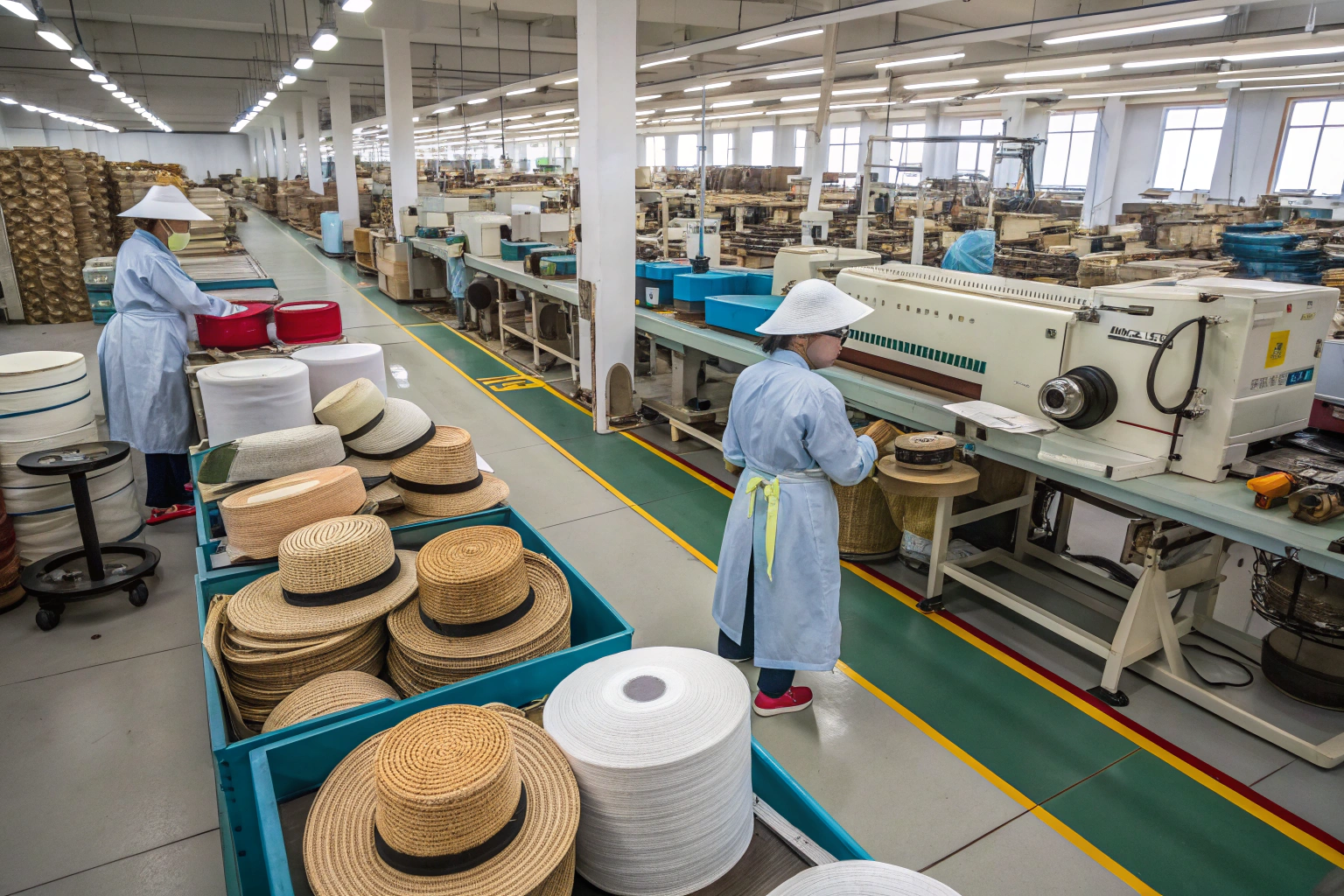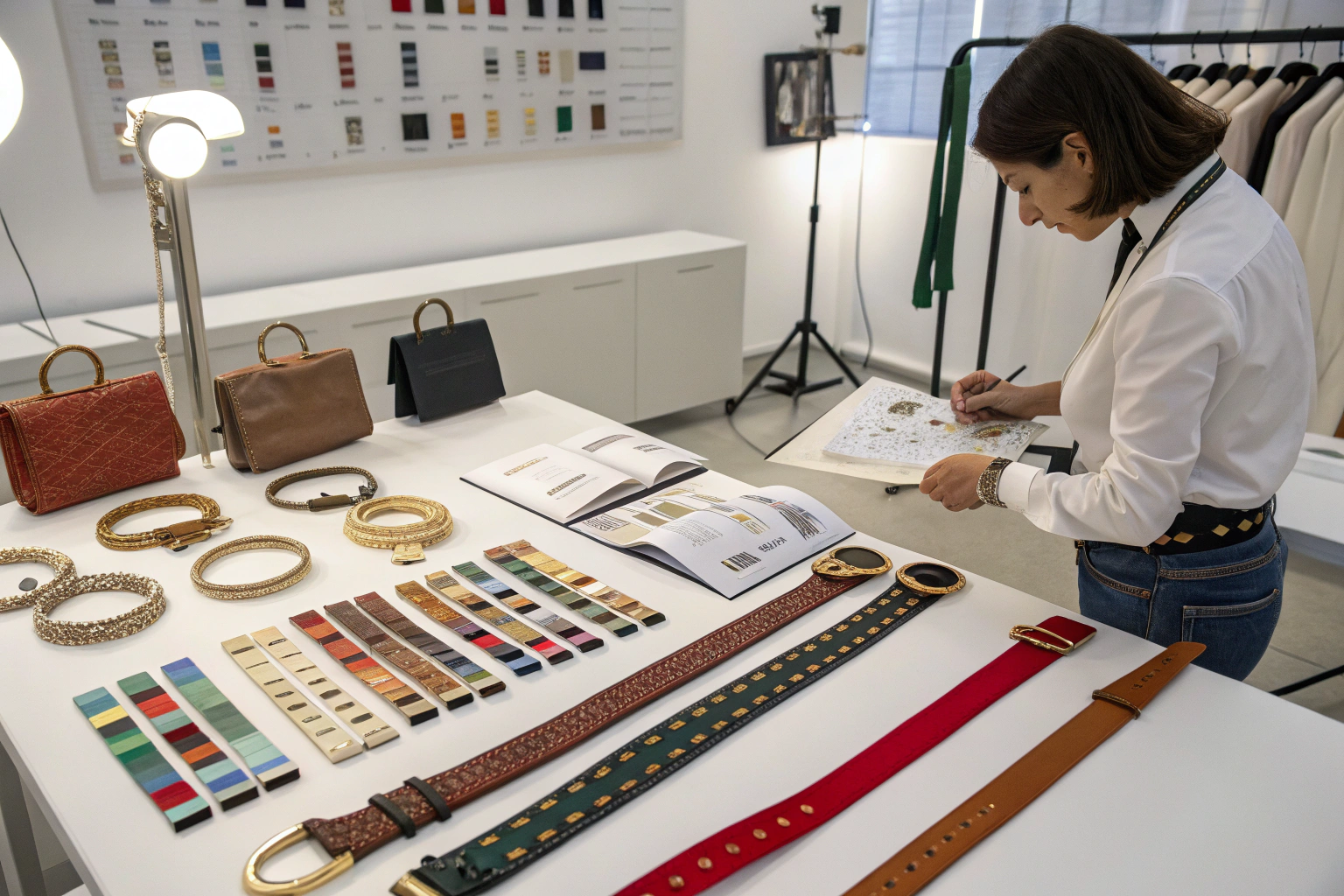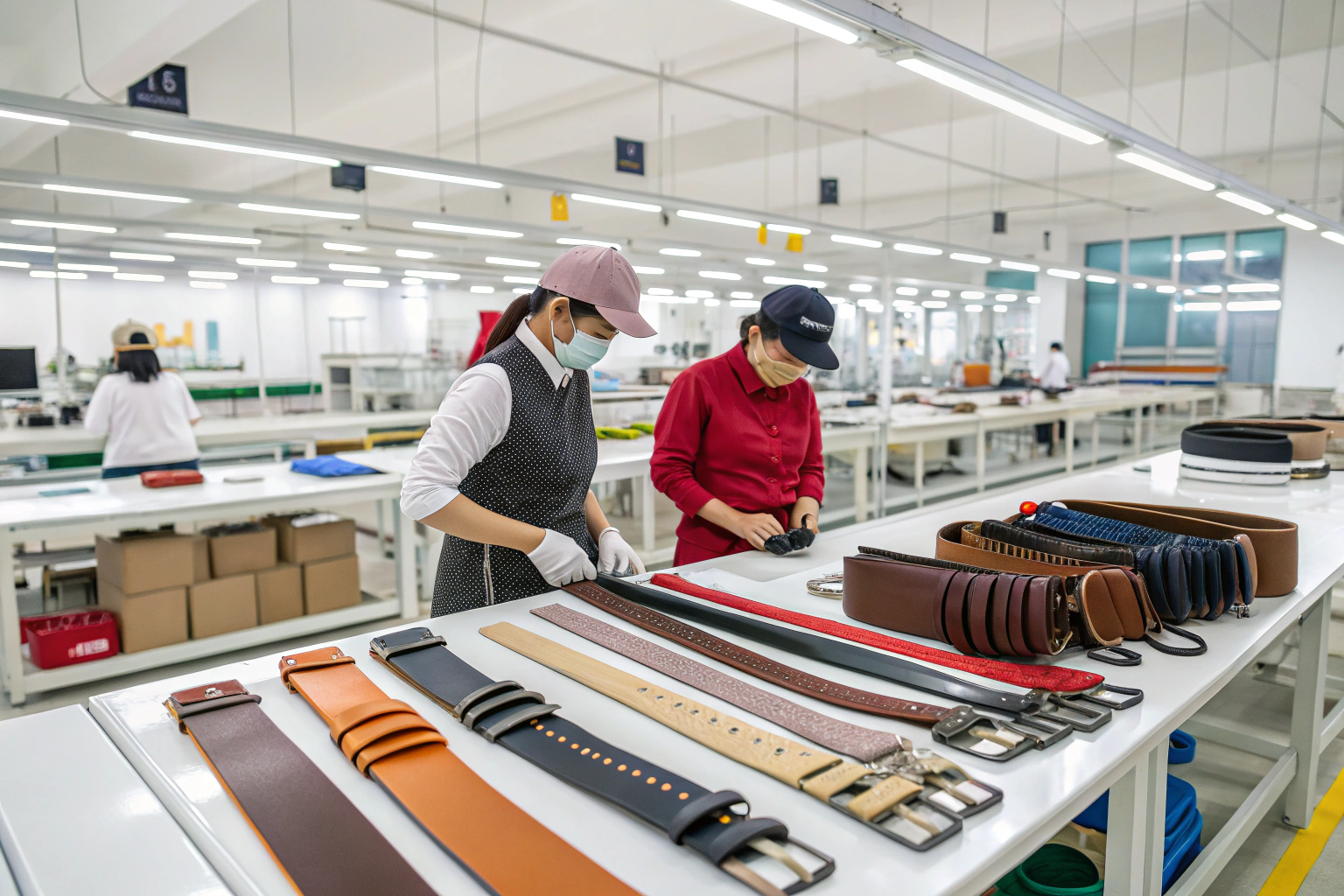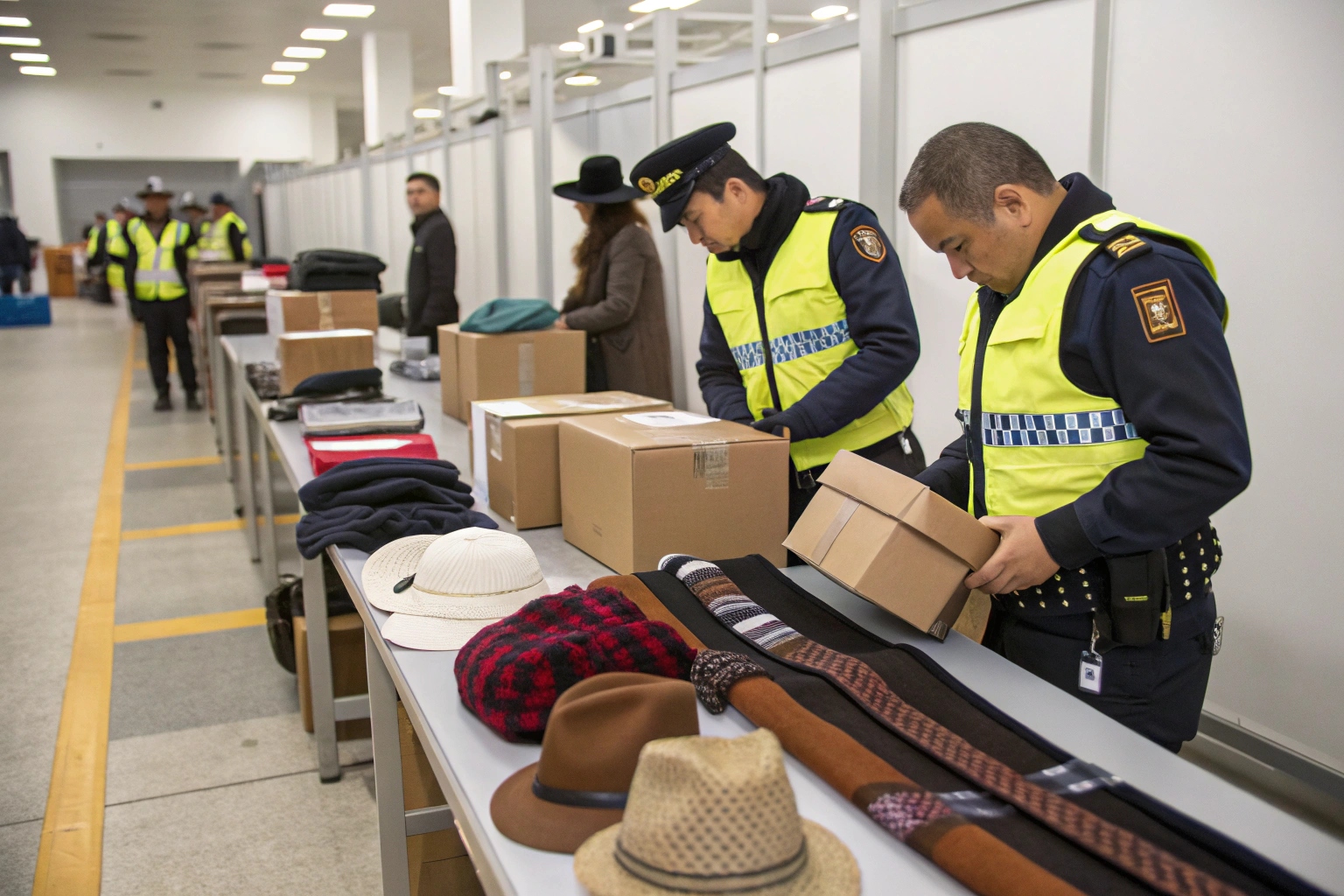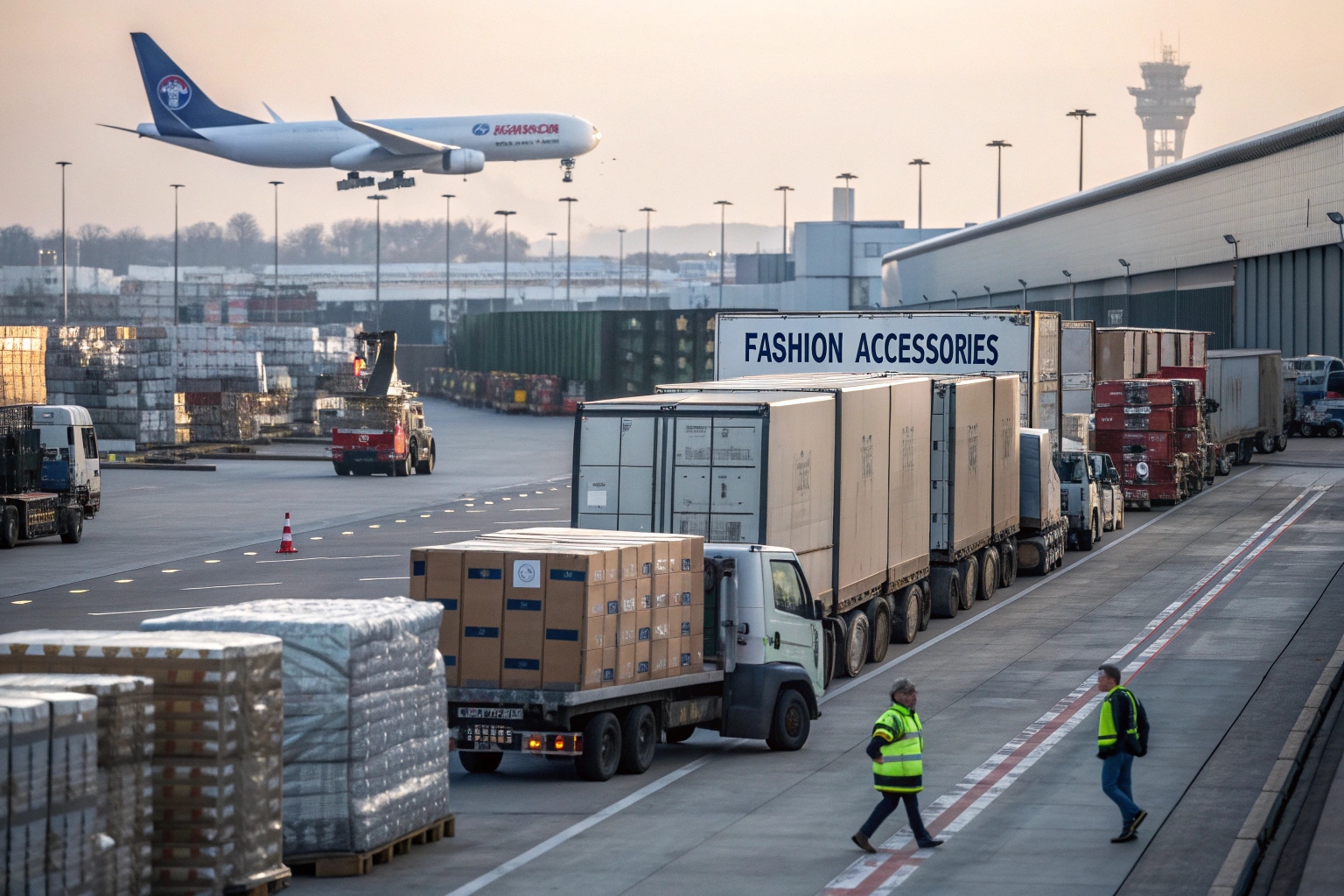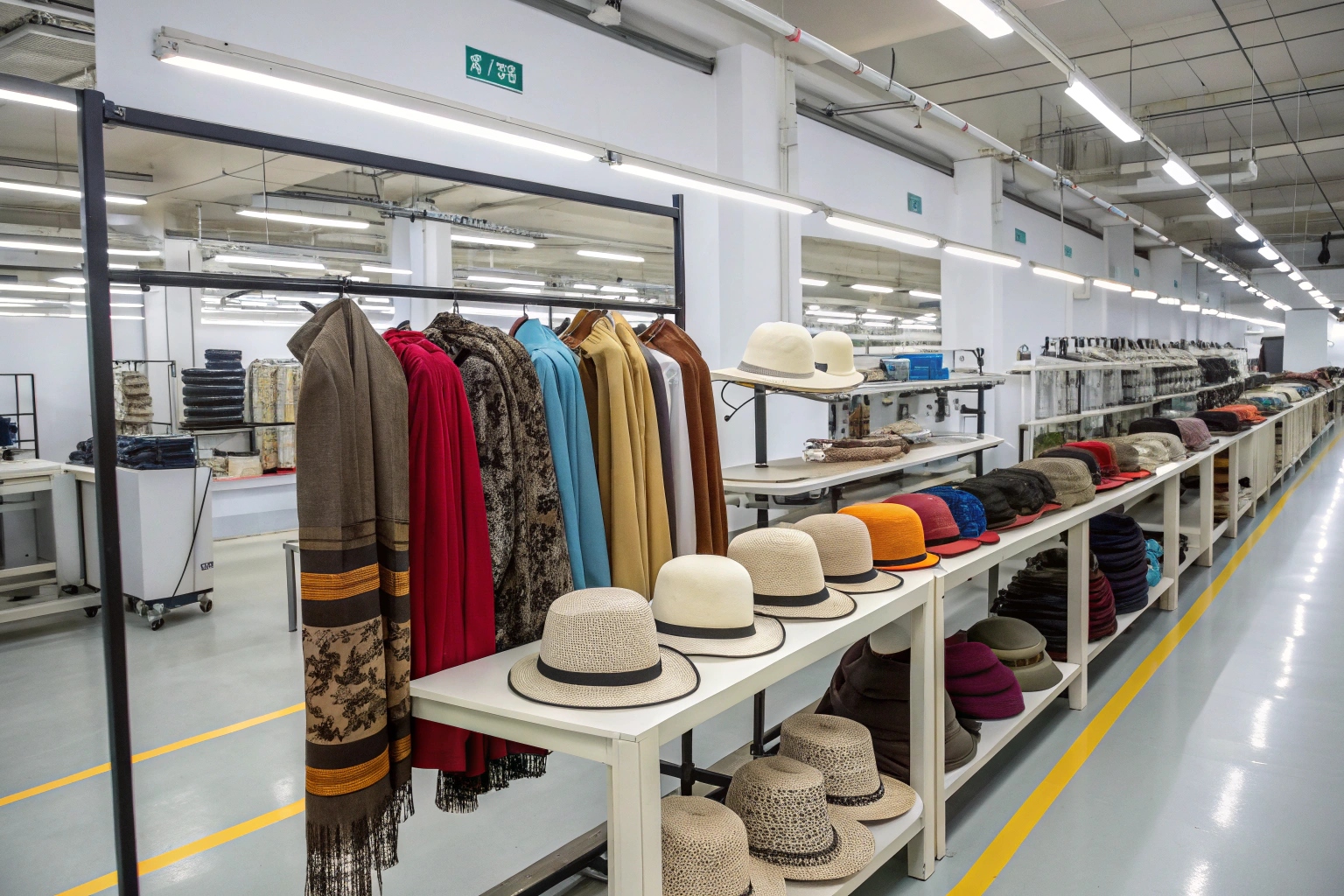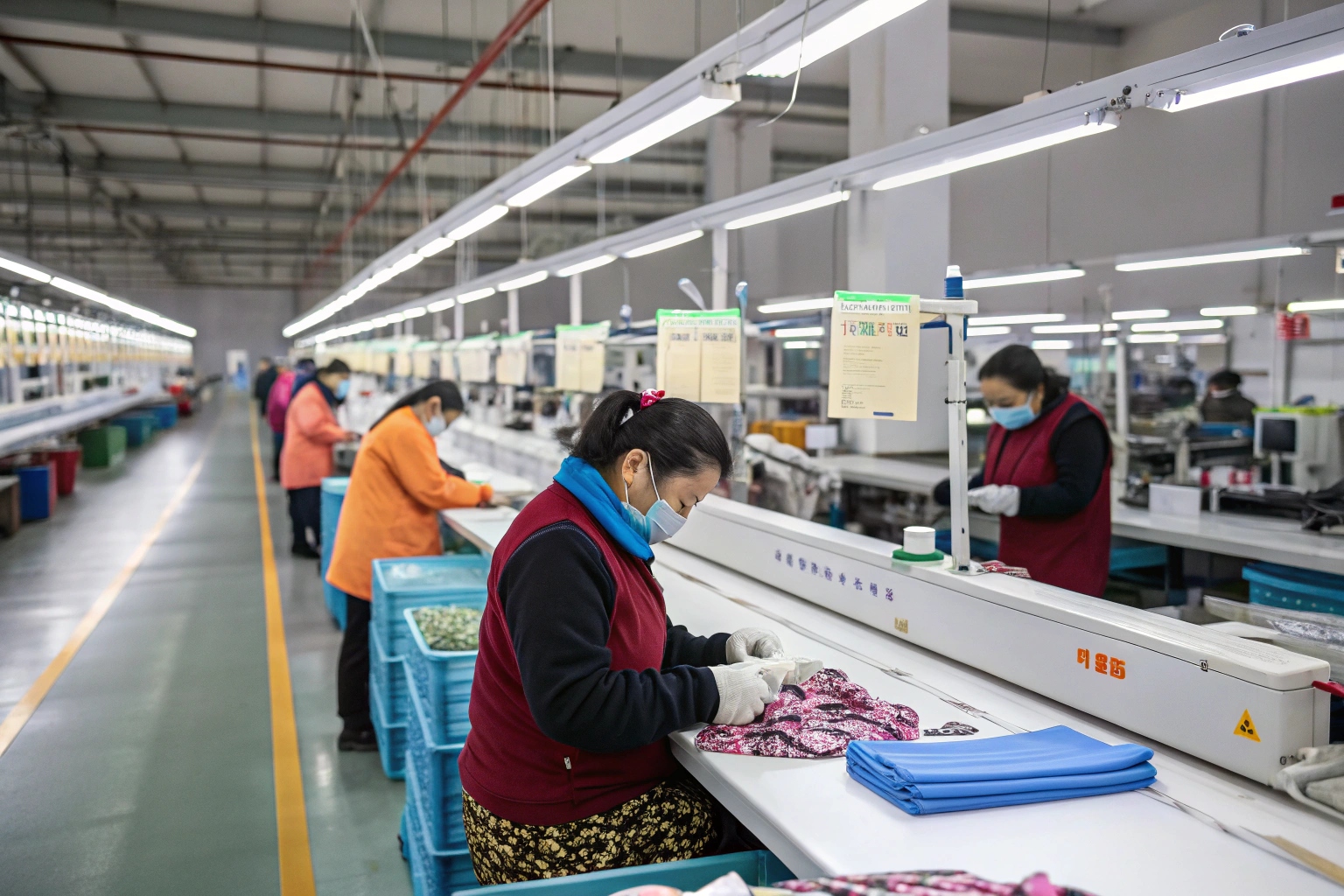Every day delayed at sea means accessories arrive late, clients get anxious, and sales windows shrink. Timing is everything—especially when shipping fashion goods like belts, hats, or scarves.
Sea freight from China to Europe typically takes 25 to 45 days depending on the route, port congestion, and whether the shipment is full container (FCL) or less-than-container load (LCL).
As an accessory exporter shipping to Germany, the UK, France, and beyond, I’ve tracked hundreds of shipments. Understanding how long it really takes—beyond what freight quotes say—is essential to plan stock, pricing, and promotions.
How long does sea freight take from China to Europe?
This is the most common logistics question from our EU buyers—and for good reason.
Sea freight from China to Europe usually takes 30 to 40 days port-to-port, but when you include booking, customs, and inland transport, the full delivery time is often 35 to 50 days.

What are the real timelines accessory importers should plan for when shipping belts and hats by sea?
Here’s what we’ve seen from real deliveries:
| Route | Transit Time (Port-to-Port) | End-to-End Delivery Time |
|---|---|---|
| Ningbo to Hamburg (FCL) | 28–35 days | 35–45 days |
| Shanghai to Rotterdam (LCL) | 32–38 days | 38–50 days |
| Shenzhen to Felixstowe (FCL) | 30–36 days | 37–46 days |
Factors that affect the timeline:
- Shipping line and schedule: Weekly sailings or bi-weekly
- Port congestion: Adds 3–7 days at origin or destination
- Customs clearance: Smooth if all documents are correct
- LCL consolidation/deconsolidation: Adds time on both ends
We always advise clients to budget 40–45 days for standard sea freight of accessories.
How do production timelines and seasonal factors affect delivery?
Accessories like straw hats and scarves are highly seasonal. If you miss a season by even 10 days, your inventory may sit unsold. That’s why we start planning 90 days ahead of sales season.
We also offer pre-booked sea freight slots for large clients, ensuring their orders don’t get bumped during peak times like Q3 (pre-Christmas) or Q1 (post-Chinese New Year).
How long does shipping from China to the EU take?
There’s sea freight, air freight, rail, and express options—each with its own timeline and trade-offs.
Shipping from China to the EU takes 7 to 50 days depending on the method. Sea freight is the slowest but most economical for bulky accessory shipments.
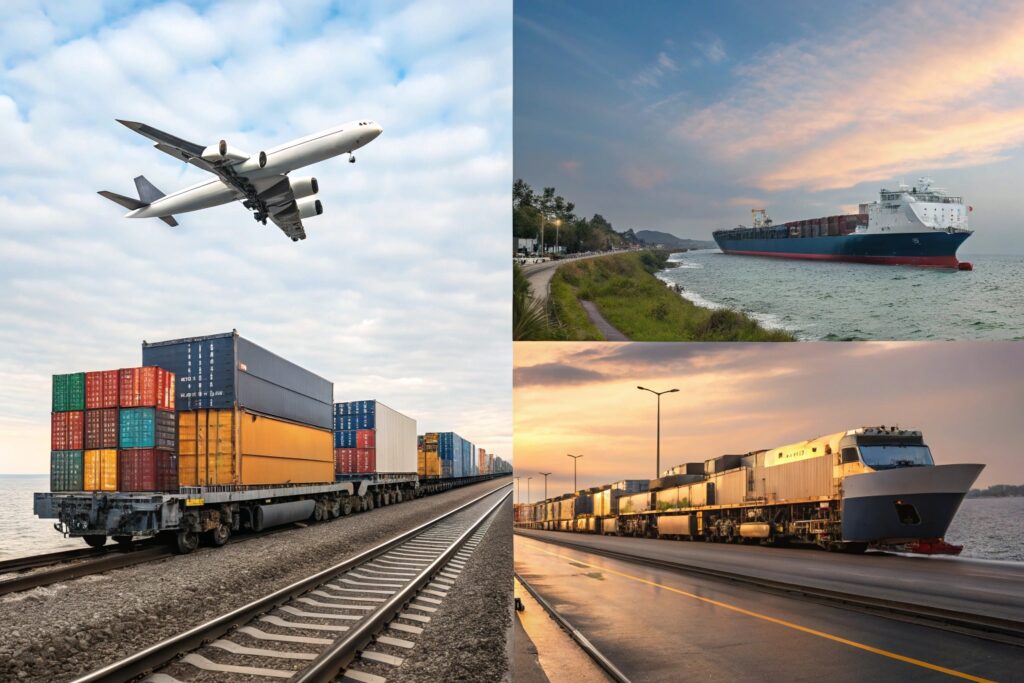
What are the average delivery times for different shipping methods used in accessory exports?
Here’s a comparison by method:
| Method | Transit Time | Best For |
|---|---|---|
| Sea Freight (FCL) | 25–35 days | Large volumes, low urgency |
| Sea Freight (LCL) | 30–45 days | Medium volume, cost-saving |
| Rail Freight | 18–25 days | Central Europe, mid-cost goods |
| Air Freight (Cargo) | 5–10 days | Light, urgent accessories |
| Express Courier | 3–6 days | Samples or small urgent orders |
For our European clients importing 20–40 cartons of belts or gloves, we often recommend LCL + local delivery. For bigger brands ordering 1–2 containers per month, we use FCL DDP for better speed and cost.
How can accessory buyers choose the right shipping method based on seasonality and budget?
Ask yourself:
- Are you restocking or launching a new collection?
- Is this off-season or in-season?
- Can you afford to wait 40+ days for a $1.20 scarf?
We help our clients create shipping calendars. For instance, UK clients importing spring hats start sea shipments in January, while Spanish scarf retailers prefer rail for faster pre-winter deliveries.
How long does sea freight from China take?
Shipping time depends not just on distance but also documentation, equipment availability, and customs clearance.
Sea freight from China takes 25–40 days port-to-port depending on the route and shipping company. LCL shipments and inland delivery can extend the full delivery time to 45–60 days.

What makes sea freight times vary—and how can you ensure stable delivery windows?
Key variables:
- Origin and destination port: Shenzhen to Hamburg is faster than Qingdao to Marseille
- LCL vs FCL: LCL adds 3–6 days in consolidation time
- Holidays and strikes: Chinese New Year, Golden Week, EU port labor disputes
- Carrier reliability: Some lines skip ports to save fuel
We partner with MSC, CMA-CGM, Maersk, and COSCO to keep options flexible. We also monitor ETAs daily using platforms like Freightos and Flexport.
Here’s an estimated time breakdown for an LCL scarf shipment:
| Step | Time (Days) |
|---|---|
| Factory to Port (China) | 3–4 |
| Port Waiting/Consolidation | 5–7 |
| Sea Transit | 30–33 |
| EU Port Deconsolidation | 3–5 |
| Customs + Local Delivery | 3–6 |
| Total Estimated | 44–55 |
What is the best way to shorten sea freight time without paying for air freight?
We suggest:
- Use FCL when volume exceeds 15 CBM
- Work with freight forwarders offering weekly sailings
- Book space 2–3 weeks in advance
- Use ports like Rotterdam or Antwerp for faster EU access
We also offer priority LCL options that skip some stops, cutting 3–5 days.
How does China ship goods to Europe?
This is more than loading a box on a boat—it’s a complex supply chain of factories, ports, forwarders, and customs brokers.
China ships goods to Europe via sea (most common), rail (increasingly popular), and air (for urgent shipments). Sea freight dominates for accessories due to better cost-per-unit.
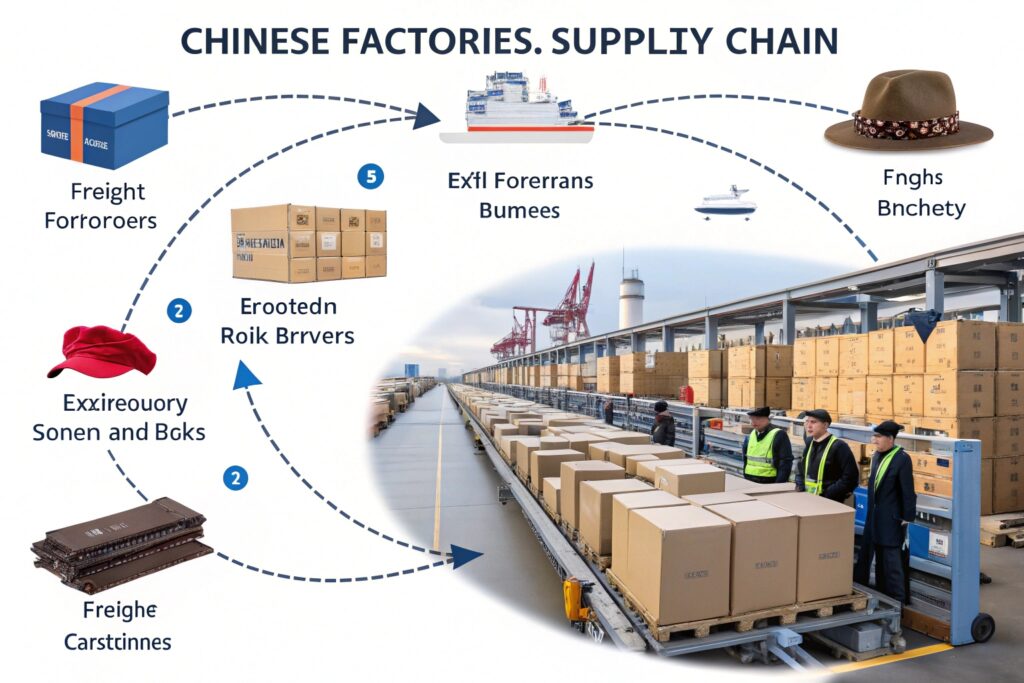
What is the typical logistics chain for shipping accessories like hats and belts from China to Europe?
Here’s how a shipment flows:
- Factory in Zhejiang: We pack belts and label boxes
- Truck to Ningbo Port: 1–2 days via domestic carrier
- Export Customs: Filed electronically and reviewed
- Loaded on Vessel: Booked under FOB or DDP term
- Sailing to Europe: 25–35 days at sea
- Arrival at EU Port: e.g., Rotterdam, Antwerp, Hamburg
- Customs Clearance (EU): Documents reviewed, duties paid
- Final Delivery: Trucked to warehouse in France, Spain, etc.
We also handle China–Europe Rail Freight for customers in Poland, Germany, and Czech Republic. It’s twice as fast as sea freight, and often used during urgent reorder seasons.
| Route | Method | Avg. Time | Notes |
|---|---|---|---|
| Yiwu – Duisburg | Rail | 18–22 days | Mid-size shipments, inland EU |
| Ningbo – Rotterdam | Sea | 30–35 days | Most common, cost-effective |
| Shanghai – Paris | Air | 5–7 days | Emergency orders, high cost |
How do we make this supply chain work for small and large buyers?
For small buyers (10–30 cartons), we combine LCL with EU customs broker partners. For big buyers (40ft container monthly), we offer direct FCL + bonded warehouse delivery.
Our job is to move your goods—not just cheaply, but reliably. That’s why our shipping plans always include:
- ETA forecast
- Port risk score
- Container availability check
- Booking updates
Conclusion
Sea freight from China to Europe takes planning, but when done right, it's affordable, scalable, and reliable for accessory imports. With the right partner and schedule, you can ship belts, scarves, and hats smoothly across continents.

